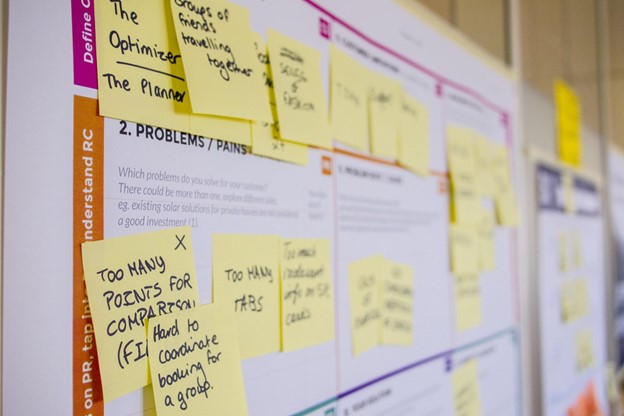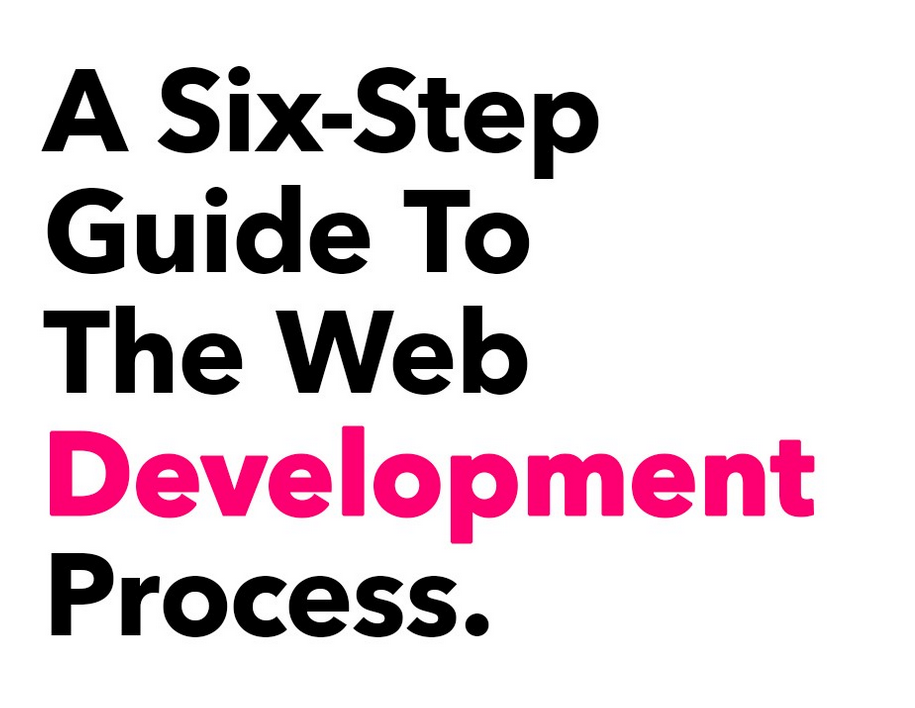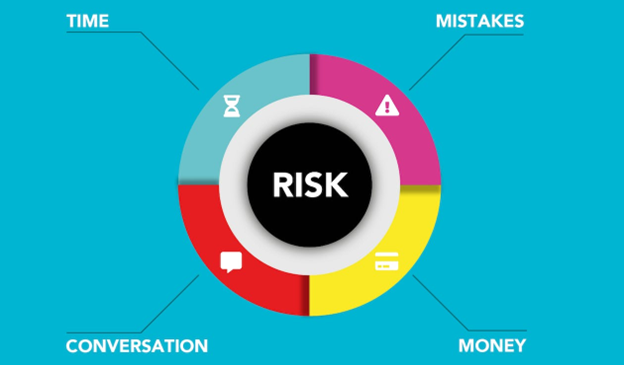The Ecommerce industry is more competitive than it has ever been, and business leaders are struggling to retain visitors and convert them into paying customers. Why?
Because customers can always find a better deal somewhere else online, and it takes more than a good price point to convince them to buy. It takes even more than that to convince them to keep coming back–and we know that customer retention is the foundation of long-term Ecommerce success.
To stand out and build a powerful customer retention strategy, you have to prioritize UX design throughout your website’s sales funnel. All the steps a user takes on their journey should be complemented by good UX design.
Let’s put that into perspective and take a look at some concrete Ecommerce UX design tips that will help your business grow in 2024 and beyond.
It All Starts with Customer Research
First and foremost, good Ecommerce UX is always rooted in customer research.
In other words, you need to know your customers, industry, and niche trends to inform your UX strategy and personalize your website experience. Personalization based on customer data and segmentation is essential for creating a website that will delight and retain users.
With that in mind, your first order of business is to understand why UX design is important when viewed through the lens of consumer trends, and how to leverage those trends for your site.
- Conduct demographics research and extract behavioral patterns
- Analyze your direct competitors’ websites
- Monitor industry trends and forecasts
- Understand product demand in your niche
- Follow influencers and influencer brands in your space
These will be crucial data points that will tell your UX experts how to best personalize and design the flow on your website, from the first point of contact to conversion.
Conducting UX Testing
Continuous testing and optimization are the foundation of long-term success in this field, simply because the Ecommerce industry is constantly evolving. Consumer trends are changing quarter to quarter, competitors are constantly innovating new products and design solutions–so you need to be proactive and keep up with the trends.
At the core of your brand’s competitiveness lies continuous UX testing and optimization, which will allow you to stay on top of user demand and meet their expectations onsite.
There are two types of data sources you can leverage for your reports: the data you collect automatically and the data you collect externally. Your website will automatically log important user data such as session duration, scroll speed, page views, and many more.
The external data, on the other hand, includes surveys, quizzes, and forms that users fill out to provide more detailed feedback. Combining these two data sources will give you a clear indication of how you can improve your site’s UX.
Great Content Leads to Great UX
UX experts understand the power of quality content, both in the visual and the written form.
Content creators and designers need to work closely with UX professionals to create a seamless journey for the visitor from the landing page to the checkout. Good SEO also plays a significant role here, both in the back and the front end.
Businesses can work with an SEO agency to create optimized content that not only has the keywords that will bring visibility to their website, but also back-end optimizations to boost the onsite user experience. Quality SEO complemented by relevant, top-tier content is one of the best ways to guide a user from the product page to the checkout seamlessly and intuitively.
Various UX design choices will come into play here, especially when transforming parts of the written content into visual elements, interactive formats, and CTAs. Make sure that your UX designers create a content hierarchy for every page that will position written and visual content to help the user make the right decision and put the product in their shopping cart.
Leveraging Heat Maps for Actionable Data
Some parts of your website will inevitably perform better than others, and it can come down to the individual pages. You need to know how people interact with different elements on every page, how they scroll, what they’re focusing on, and whether or not they’re sticking to the path you’ve laid out.
This is where heatmaps come in as a good way to gauge user experience and engagement on every page so that you can identify weak points in your design. There are different types of heatmaps that you can use to gauge the performance of different pages and the browsing habits of your users.
For example, eye-tracking heatmaps will help your UX designer identify key areas of interest on a page, and how long users are focusing on the different design elements. This will inform your hierarchy and the strategy behind various UX elements, helping you optimize it to better guide the user towards conversion.
Minimizing Customer Effort throughout the Journey
Last but not least, successful Ecommerce thrives on low customer effort–or in other words, the less time they waste, the higher the chance they’ll convert.
Experienced UX designers know that effortless online shopping is one of the best ways for people to stay on the site, buy something, and most importantly, to keep coming back for more. This type of fast Ecommerce has been on the rise throughout the years, and in today’s oversaturated Ecommerce space, you can’t afford to waste anyone’s time.
Your content and your design elements need to serve a purpose, and they need to guide the visitor towards a quick and seamless checkout. To that end, do not interrupt them with prompts, forms, or mandatory log-ins.
Keep the conversion top of mind, and use follow-up tactics to nurture and inspire them to come back to your store.
Over to You
Good UX design is the basis of Ecommerce success nowadays, as it helps your online store guide its visitors toward conversion efficiently and effectively. That said, retention is the name of the game here, so this is an opportunity to leverage UX design to inspire people to keep coming back to your store.
Modern customers value and appreciate a seamless, responsive, and stress-free shopping experience, all of which you can provide with good UX design. With all of that in mind, be sure to use these tips to take your Ecommerce business to new heights in the months and years to come.
- 5 Steps for Great Ecommerce UX Throughout the Funnel - January 16, 2024
- Designing Intuitive Payment Flows for Enhanced User Experience - October 31, 2023
- Gamification in UX Design: Enhancing User Experience and Engagement - September 26, 2023
![]() Give feedback about this article
Give feedback about this article
Were sorry to hear about that, give us a chance to improve.








